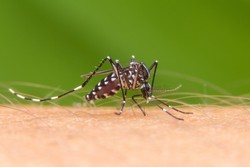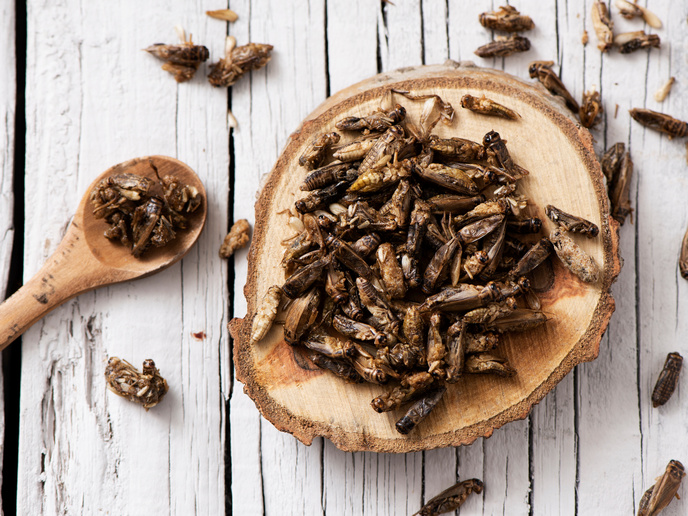Spread of biocontrol bacteria in mosquito populations
The operational success of this approach relies on the rapid spread of Wolbachia through the mosquito population. The EU-funded project WOLBACHIA_MOD was established to increase understanding of the ecological factors affecting the spread of the wMel strain of Wolbachia in A. aegypti populations. This interdisciplinary investigation developed a new data-driven mathematical modelling approach to predict the spread of wMel Wolbachia under realistic conditions of environmental variability. Researchers studied three experimental populations held in field cages that aimed to represent the mosquitos’ natural habitat to determine the variation in larval survival, larval development times and adult female fecundity in infected and uninfected mosquitoes over time. It was found that larval density-dependent competition in the experimental populations extended larval development times, thereby slowing the rate of wMel Wolbacchia spread. These results were incorporated into mathematical models in order to predict the dynamics of wMel Wolbachia field release strategies. Two modelling approaches were used: the first ignored spatial structure and assumed the population was well mixed, while the second adopted a precise spatial representation of the mosquito population and its habitat. Predictions of the rate of the spatial spread of wMel Wolbachia agreed well with field observations conducted in north-east Australia. Researchers found that releasing mosquitoes into high-quality habitats resulted in the faster rate of wMel Wolbachia spread, whereas release into blocks of houses was much less efficient. WOLBACHIA_MOD showed how demographic variation in mosquito populations due to density-dependent processes can significantly affect the spread of the biocontrol agent following field release. Project results will help in the development of wMel Wolbachia release strategies for biocontrol of mosquito-borne diseases. Field trials across South America, south-east Asia and Australia were coordinated with the help of the Eliminate Dengue(opens in new window) initiative, which developed publicly available computational tools for predicting Wolbachia release across varying environmental conditions.







